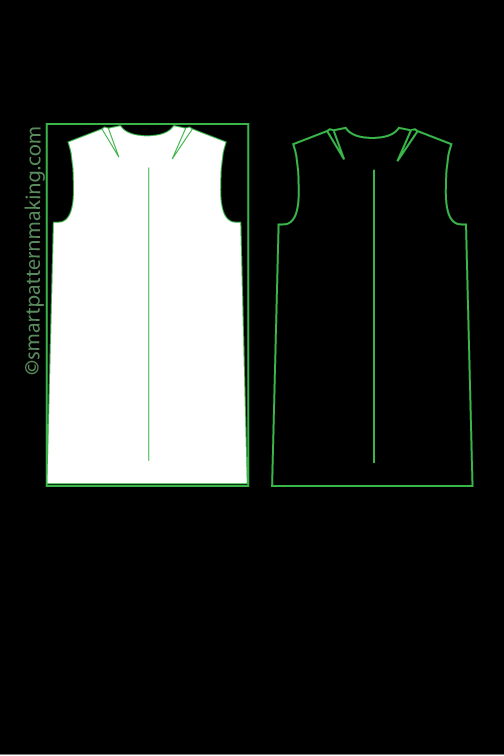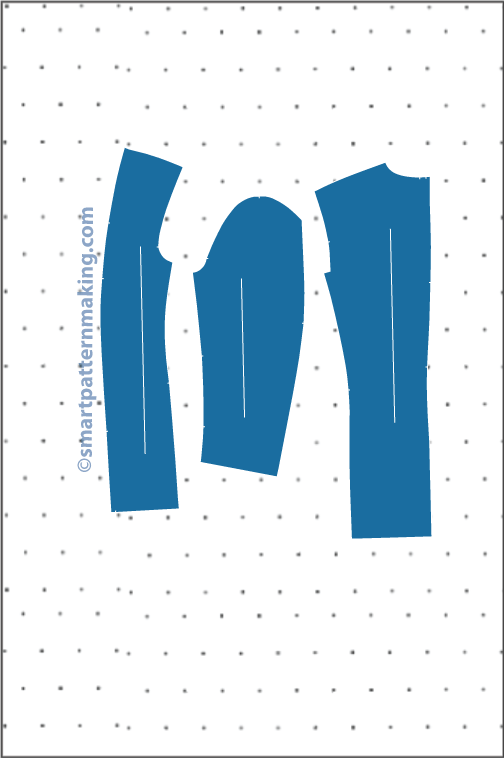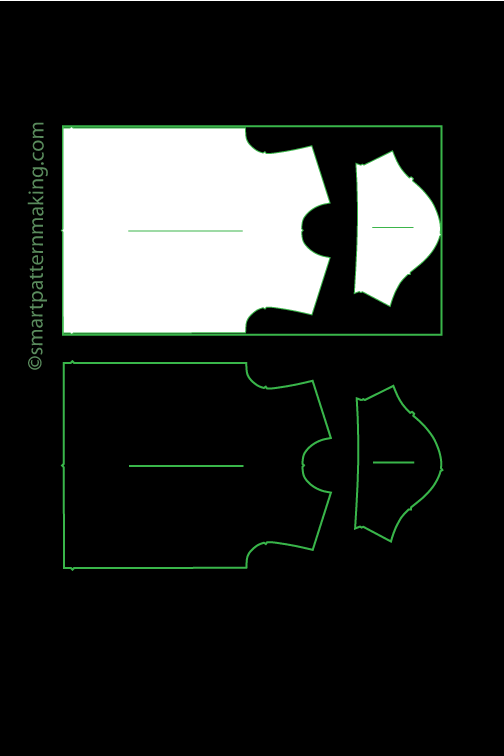Why is it so imperative to most women that their skirt style fits perfectly? The reason is that a perfect fit is the key to looking remarkable every day. There are instances when women you out on skirt feel not great, but they just feel OK in them, and then they spend the rest of their day tugging, pulling and pushing up the skirt. This isn’t a great confidence builder and it makes you always aware of the skirt and in that instance you do not feel really smart and confident putting on that skirt. And while you continuously tug, pull and push, you hope nobody is watching or nobody notices how you are constantly adjusting your skirt and this always makes you feel so self-conscious throughout the day.
After addressing all the above, now imagine your favorite skirt, the one that makes you confident, seem smart and makes you feel classy, you feel like a million dollar woman. You are not self-conscious; you are not tugging, pushing nor pulling at your skirt. The difference between this skirt and the previous one talked about earlier is that the later fits better than the former skirt.

If you make your own skirts you possibly before now make alterations, to your skirt pattern or during the sewing procedure. In fact, I’d be willing to place a bet that the modifications on this skirt are the same over and over again, irrespective of how many adjustments you make. If you have short legs then you would always need to reduce the length of the skirt each time your purchase one or when you are sewing a new skirt.
The chief phase to skirt styles alteration that fits perfectly is to choose your correct pattern size that suits you. This may seem obvious, but you would be amazed at how many people who do not know their correct size or measurements then end up purchasing a skirt that does not give them a good fit, thus begin to nurse the idea of dumping the skirt altogether.
When deciding on how to alter your skirt styles so they can perfectly fit and give you that confident and smart look, you firstly need to know some simple body sizes. You can’t simply rely on dumping your skirt each time they do not fit as perfectly as you want them or overtly rely on ready to wear skirts sizes, as most times they may not give you the perfect fit. To know a little more about these vital and basic measurements, you would need to compare your measurement with those on the back of the skirt pattern. You may very much be aware of the fact that measurements and sizing in the clothing industry differs and are not consistent and as such most women fit into a variety of skirt sizes depending on the designer, manufacturer or country it is made.
As earlier mentioned that you should compare your measurement with the measurement of the skirt located at the back of the skirt pattern, first of all, you must know your measurement – your height, back waist length, hip and then compare them with the standard measurement within that category.
No matter the pattern you use in the modification of your skirt for a perfect fit, you should do well to always remember these parameters:
- keep the skirt sewing line, the center front and the center back of the skirt straight on the sewing line
- make your modifications cautiously so as to maintain the original style and design of the skirt
- preserve and allow for ease of allowance for comfort
- wherever while making alteration on the skirt, use the adjustment line already afforded on the skirt pattern
- when modification is made on a skirt pattern, make matching changes on all connected pieces
Skirt style alteration would depend on the type of skirt you want to have altered. It could be – maxi skirts alterations, denim skirts alterations, bubble skirt adjustments, peasant skirt alterations, circular skirts adjustment. The alteration would depend on how and where you want the modification made. Let’s look at some of the top five skirt style alterations:
- Protruding derriere: the waistline is cut to the sewing line parallel to center back through waistline dart. In the hip area, cut through across the skirt from center back to the side sewing line. Spread the skirt width and length desired, redraw the dart and sewing line.
- Flat derriere: cut similar to center back from the waist line to the sewing line through the waist line pattern. In the hip area, cut across from the center back to the side sewing line. Overlap the pattern in the hip area to the desired measurement to reduce the width and length. Redraw the dart and sewing line.
- Sway back: On skirt back slightly above the waist line, pleat up the desired measurement and redraw side seam, dart and center back closure. On skirt back just below the sewing line, pleat up the desired measurement and redraw side seam, dart and center back closure.
- Bulging thighs: cut parallel to the side closure from the sewing line up to the thigh area, then across to the side closure. Spread the desired measurement; redraw sewing line from waist line to edge.
- Flat side hip: Fold out the desired measurement along the side edge of skirt front and skirt back. Ensure that the fold should be parallel to center front and center back.
Ready to start adjusting and modifying your patterns? Click the get started button below. we are apparel industry pattern maker professionals with 30 plus year experience in pattern making and pattern alterations.
Alejandro Esparza: Founder @ smartpatternmaking.com /Professional Pattern Maker/ Technical Designer/ Startup Advisor and acknowledged in the garment industry as authority in pattern making and pattern design process. He has the ability to work with small entrepreneurial companies’ private label customers and large organizations. Alejandro is a graduate of Los Angeles Trade Technical College Fashion Design Program. He has over 25 years of apparel garment industry experience and is part of Expert Ezine Articles Authors community since December 25, 2008 and has published multiple articles about the garment industry. Copyright © by Alejandro Esparza. All Rights Reserved. No part of this article may be copy or used without written Permission from Alejandro Esparza the Author.













